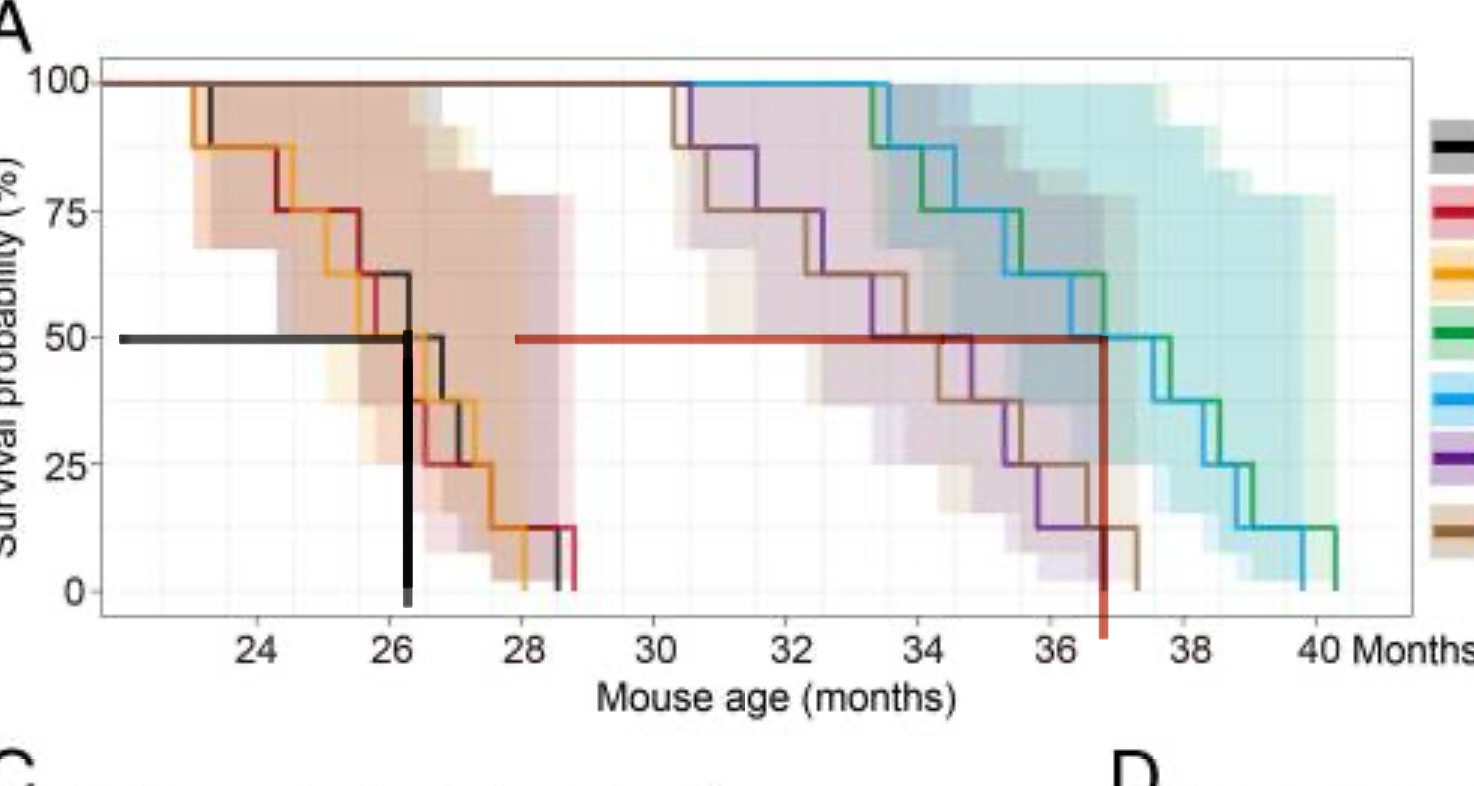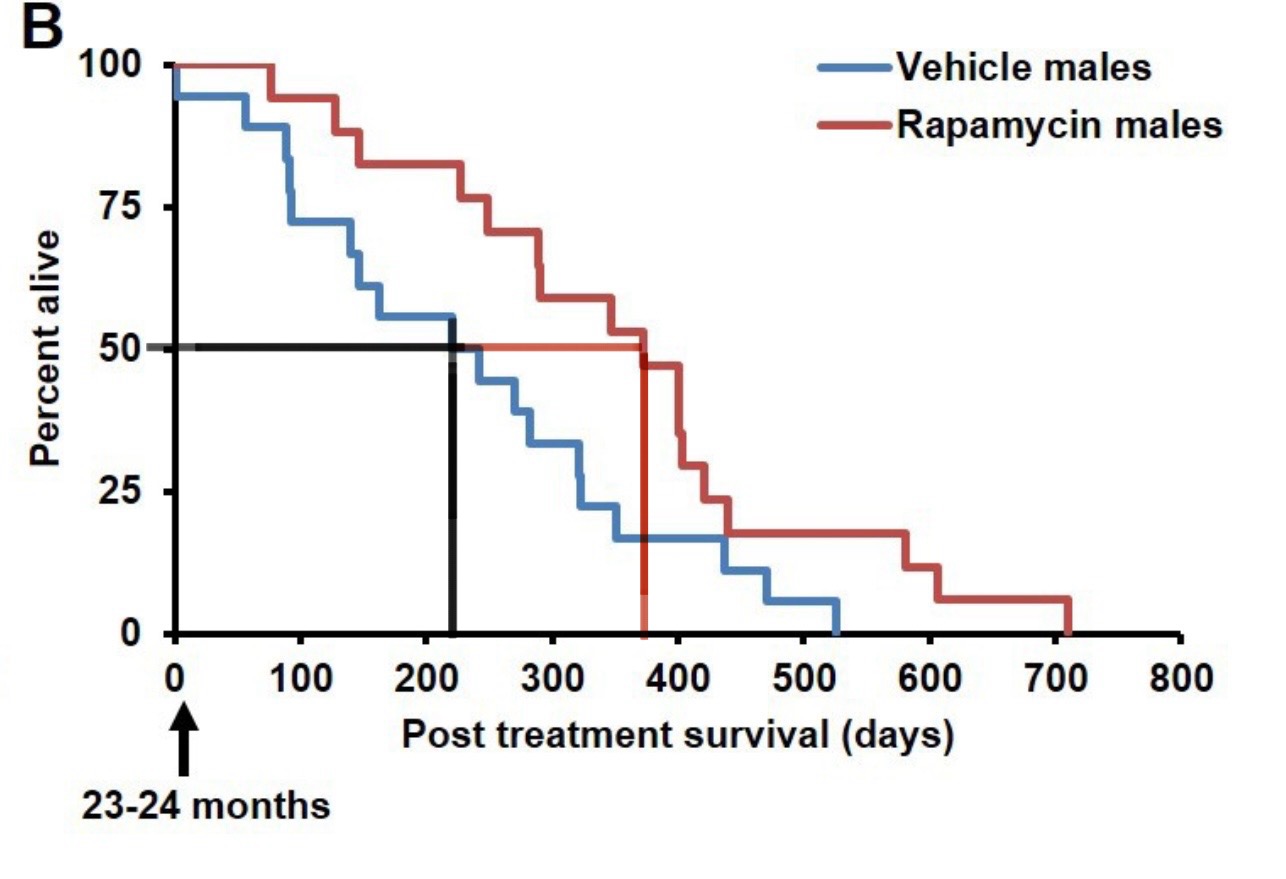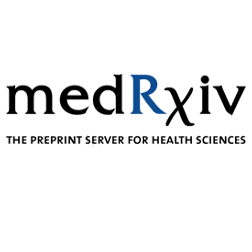Longevity and lifespan are a real hot topic right now. The amount of interest in the field has been increasing significantly and several labs are cranking out exciting new research. However, there is a lot of data out there and it can be tricky to interpret promising data from the noise. In response to this, a few researchers came together and put out a preprint on how to best gauge the quality of longevity interventions. https://www.sciencedirect.com/science/article/abs/pii/S1568163724003301 They argue in favor of choosing long lived controls, in this case lab mice, as a better marker for the robustness of any longevity intervention and state… “In the absence of independent replication, a putative mouse longevity intervention should only be considered with high confidence when control lifespans are close to 900 days or if the final lifespan of the treated group is considerably above 900 days.” This is the 900-day rule. Now, why is this important? Many studies in longevity research around mouse models use a variety of lab strains, and their median lifespans can differ dramatically. Let's say we have two studies, one has an intervention that is able to increase lifespan by 12% (intervention A) and the other shows a whopping 30% increase (intervention B) in lifespan. Which of these two sounds more interesting, more exciting, more desirable? In most cases that 30% increase is going to generate a lot of discussion and excitement, more so than a measly 12% lifespan bump. Details are key, and in this case the details are the longevity curves. I just said details are key, but I’m going to gloss over A LOT of information and just focus on longevity curves and median lifespans from a few different papers just to help illustrate this point. https://www.ncbi.nlm.nih.gov/pmc/articles/PMC9171804/ This study looks at gene therapy (and was mentioned in another post here) and boasts that “...mouse lifespan was increased up to 41%...”  I’ve included their longevity curve and have added my own lines to help illustrate this, in black I’ve plotted the median lifespan of the control group, and red is median lifespan of the longest lived intervention group. We can easily see that the lifespan increase is significant, but does it pass the 900-day rule? The controls averaged just over 26 months, let's say approximately 790 days. Definitely under 900 days, barely hitting 800. So far it doesn’t quite make the grade. Let’s look at another paper. https://elifesciences.org/articles/16351 This one tested lifespan changes with rapamycin. There were multiple interventions, for now I’m just looking at one figure, longevity of the male cohort with ramapycin injections.  Once again I’ve plotted the median lifespan on the controls and intervention. We can already see the stark difference compared to the first paper. This lifespan bump looks pretty small by comparison, but let's look at the 900-day rule. Controls lasted on average a little over 200 days past 24 months, approximately 920 days. This is a long lived control. So, why is this important? If we can set a standard for longevity trials to only use long lived controls it significantly helps quantify the data as a whole. If you were quickly pursuing these papers, the takeaway might be that rapamycin is an inferior treatment compared to the gene therapy Jaiyan et al. tested. If nothing else the 900-day rule is the ultimate hype tester. I want to see exciting data showing lifespan increases as much as these researchers do, but be wary of the hype.
alphadecay 3w ago • 100%
Thank you! Hmmm I am excited about the possibility for these therapies, especially in the scope of modular adjustments turning genes on and off without more permanent/unwanted changes. Time will tell.
Back to your initial post. I am intrigued by the TERT and follistatin, would love to see this study replicated. The other paper you mentioned with the multi use cocktail was also compelling, but I thought it was odd they didn't include a longevity specific arm. I suppose that wasn't the scope of their intended study, seems like pretty low hanging fruit though. I don't wanna get too cynical, but I wonder if they DID try a longevity side and things didn't work out too well? Either way, that should definitely be a follow up study.
alphadecay 4w ago • 100%
I have yet to give those papers a thorough read, but the follistatin one made me think of another version of gene therapy where the clinicians claim their plasmid vector of transfer allows all changes to be reversed.
https://minicircle.io/wp-content/uploads/2024/04/fstpreprint.pdf
My genomics knowledge is certainly lacking, but what are your thoughts on viral vs. plasmid derived gene therapies?
**What is Fasting and why do so many people seem to be into it?** There are many flavors of fasting, but they can be categorized into two main categories: intermittent fasting (IF) and time restricted eating (TRE). IF is defined as eating once every 24hrs and TRE is characterized by a shortened eating window, usually seen as 8hrs eating and 16hrs fasting. IF also know as one-meal-a-day (OMAD) and TRE have been farily popular over the last few years. They gained a lot of traction, almost a decade ago, with the hope that fasting mimicking diets could help with age related declines. The overall consensus now is that this type of fasting only imparts lifespan health benefits if you also restrict total calories. However, the hype was strong and most of these dietary methods are still championed today as a way to promote health. But can they actually provide any health benefit? Well, it depends. In the scope of nutrition and health, there's no better alternative than a well balanced diet. That being said, I think these interventions can be excellent tools for targeted goals i.e. weight loss/maintenance. Alright, this is gonna be real subjective, and your results may vary. Of course the metrics I'm most interested in might not apply to your desires or needs. For me, I prioritize dietary changes that can help me loose weight, primarily fat, quickly while maintaining as much lean mass as possible. Over the last 7 years I've dabbled with various dietary interventions, and here are my anecdotal results. **IF/OMAD** For me, IF has been the most effective tool for rapid weight loss, second only to prolonged fasting. As a rock climber it has been beneficial for me to apply a short stint of IF, 1-2 weeks, periodically when I'm trying to shed excess fat. Usually I resort to this type of eating after a multi month course of unchecked eating, especially when coming back from vacation. After some trial and error I learned that this can increase my chances for climbing injuries, and climbing after a few days of IF left me with really annoying achey fingers, primarily in my proximal and distal interphalangeal joints. Other activities were fine, such as hiking or mild resistance training. My takeaway is that IF is a very powerful tool for rapid weight loss, however, the potential for climbing related injuries makes it a short term success, but a long term failure. **TRE** Eating within time restricted windows is something my body has gravitated towards naturally. Growing up I was surrounded by people who were adamant about the importance of breakfast and I forced myself to eat in the mornings. This helped spark my hunger and after forcing down a small breakfast I would become ravenous 2 hours later. I now let my body choose and in the absence of food I really don't feel hungry until noon. So by default I mostly eat within an 8 hour window. This type of eating works well for me, but I wouldn't say it does anything special. However, this way of eating can help with weight maintenance. If you fall into the pattern of forcing down food every morning because you think you should, and your weight tends to fluctuate easily, this might be a beneficial diet. **Ketogenic Diets** Yes, this one is a wildcard. While this diet might not be recognized as a fasting intervention it does mimic fasts, since it puts your body into a state of ketosis, which is what fasting also does. Also, this is the one dietary intervention that has been consistently effective in helping me lose fat while maintaining, even gaining, muscle mass. I've had a lot of trial and error with this one too, and I've now come to prefer a more carb and protein friendly version that allows me to keep climbing at peak performance. Typically a keto diet is very low carb, modest protein and liberal fat. I prefer higher protein, aiming for 150g on a daily basis, and am not worried about gluconeogenesis, where dietary protein is converted to glucose. On a daily basis my carb intake is between 50g and 100g, depending on my activity levels. I eat a large amount of vegetables, including higher carb sources such as red bell pepper, squash and zucchini. With small amounts of fruit, usually blueberries or dried plums. My fat intake is tied into my protein intake as I prioritize beef over other forms of protein, but will cook vegetables in avocado oil. For me, this hybrid ketogenic diet has worked well. I'm still able to lose weight at a rate comparable to IF (not quite as potent), but am able to maintain athletic performance and keep climbing without injuries. However, this way of eating does come with risks, namely high cholesterol. I've attempted various modes of ketosis, and have played around with other sources of protein and fat, but so far it hasn't made a difference. After prolonged use (>1 month) my LDL rises dramatically. If I were using this diet long term I would utilize pharmaceuticals to get these levels under control, but in the interim I apply this diet briefly and very infrequently. I tend to slip into ketosis somewhat easily, but I'm not sure if this is something my body is naturally predisposed to or if my keto cycles have promoted this adaptation. My current protocol is to apply this diet for about 3 weeks at a time and I'll cycle this about 3-4 times a year depending on needs. Pros: fat loss, strength gains, higher perceived energy levels. Cons: high cholesterol, can't eat pie. So, those are my thoughts. But what do you think? Is there a dietary intervention that has been life-changing for you? Do you have any concerns with diets? Do tell!
Hi, all! Excited to see this community grow. Still figuring out Lemmy, so thanks for bearing with us. I want posts to have some form of identifier for ease in finding things so lets start every post with a tag before the title. Here are a few tag rules for now. **TAGS** - [QUESTION] - for posts directly asking input from the community. - [PAPER] - for posts about specific papers - [REVIEW] - for posts reviewing scientific literature, make sure to cite all papers discussed - [DISCUSSION] - for a more general post around any given topic or multiple topics **FORMAT**  If none of the tags seem to fit, a descriptive title will suffice. Thanks!
 www.medrxiv.org
www.medrxiv.org
This is a preprint, which means that the article has not been peer-reviewed yet. This is all part of the normal process, researchers will often present their findings before their work is published. Here the deets! The AgelessRx-sponsored Participatory Evaluation of Aging with Rapamycin for Longevity (PEARL) trial was a 48-week randomized, double-blind, placebo-controlled trial investigating the safety and potential efficacy of different intermittent rapamycin doses for mitigating signs of aging. More info! https://clinicaltrials.gov/study/NCT04488601 https://agelessrx.com/results-of-the-pearl-trial/

TLDR: wanna read a paper without the dumb publication house paywalls? Check out [Sci-Hub](https://en.wikipedia.org/wiki/Sci-Hub). Don't know how to properly read scientific literature? [Boom](https://www.docdroid.net/gEmWZcV/howtoreadpaper-pdf) This is mostly a PSA for the uninitiated, but you might find this useful. If nothing else I hope this is an enjoyable read to accompany you on the bus, at home, on the toilet, etc. One of the biggest hurdles in science is access to quality literature. Unfortunately, there are many roadblocks in place that prevent people from immediate entry to this material. Some journals frequently release free copies of their publications, but for the most part you need to be connected either through the academic field or by directly paying publishing companies. Paying is bullshit. This money does not go to the authors, and honestly, many of them will gladly give you copies of their published material if you ask. But if reaching out to random authors proves troublesome, you can always utilize [Sci-Hub](https://en.wikipedia.org/wiki/Sci-Hub). You'll notice that the link redirects to the wiki about Sci-Hub and the founder, Alexandra Elbakyan. The site domain changes often (which is why I didn't bother with a link) but with a little sleuthing you can find the most active and current iteration. This lovely site unlocks pay-walled scientific literature and provides you with a full text document that you can read in browser or save for later. One caveat is that it will be less reliable for current or new publications, they paused uploading new documents due to legal issues and it's unclear if they'll ever resume. Alright, next topic! **ReaDINg ComPReHenSIon** Still here? Oh, goodie! This isn't as boring as it sounds, but it also sorta is. Reading science papers is A LOT of work, like, a lot. But not for the reasons you might think. Yes, the material can be dense and seem completely undecipherable, but the biggest issues are sifting through the BULLSHIT. As you delve through the literature as a whole it's pretty clear that some papers are of a much higher quality than others. Why? Well, many reasons. Funding for the research, limitations in the researchers abilities to record quality data, and on and on. When I say BULLSHIT I don't mean that people are deliberately trying to put out false information, but poor data is a thing and it's out there. But I digress. Lets walk before we run. [Here is a lovely paper about how to read papers](https://dl.acm.org/doi/10.1145/1273445.1273458). You'll notice that it's pay-walled (womp womp) but lucky for you there's a way to get around that! I know, I'm making you work for it. If you don't want to test out Sci-Hub I did leave a direct link in the TLDR for ya. Anyway, this paper has a very simple and approachable method on how to digest lots of information. It does get a bit more intense near the end with most of the information targeted for individuals participating in research so don't despair on that front. I'll hop off my box for now. If you made it this far, thanks for reading! Looking forward to really getting into that good good niche research with y'all someday soon.